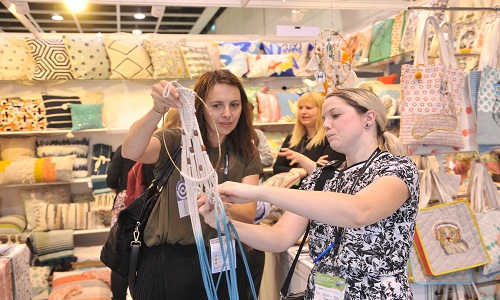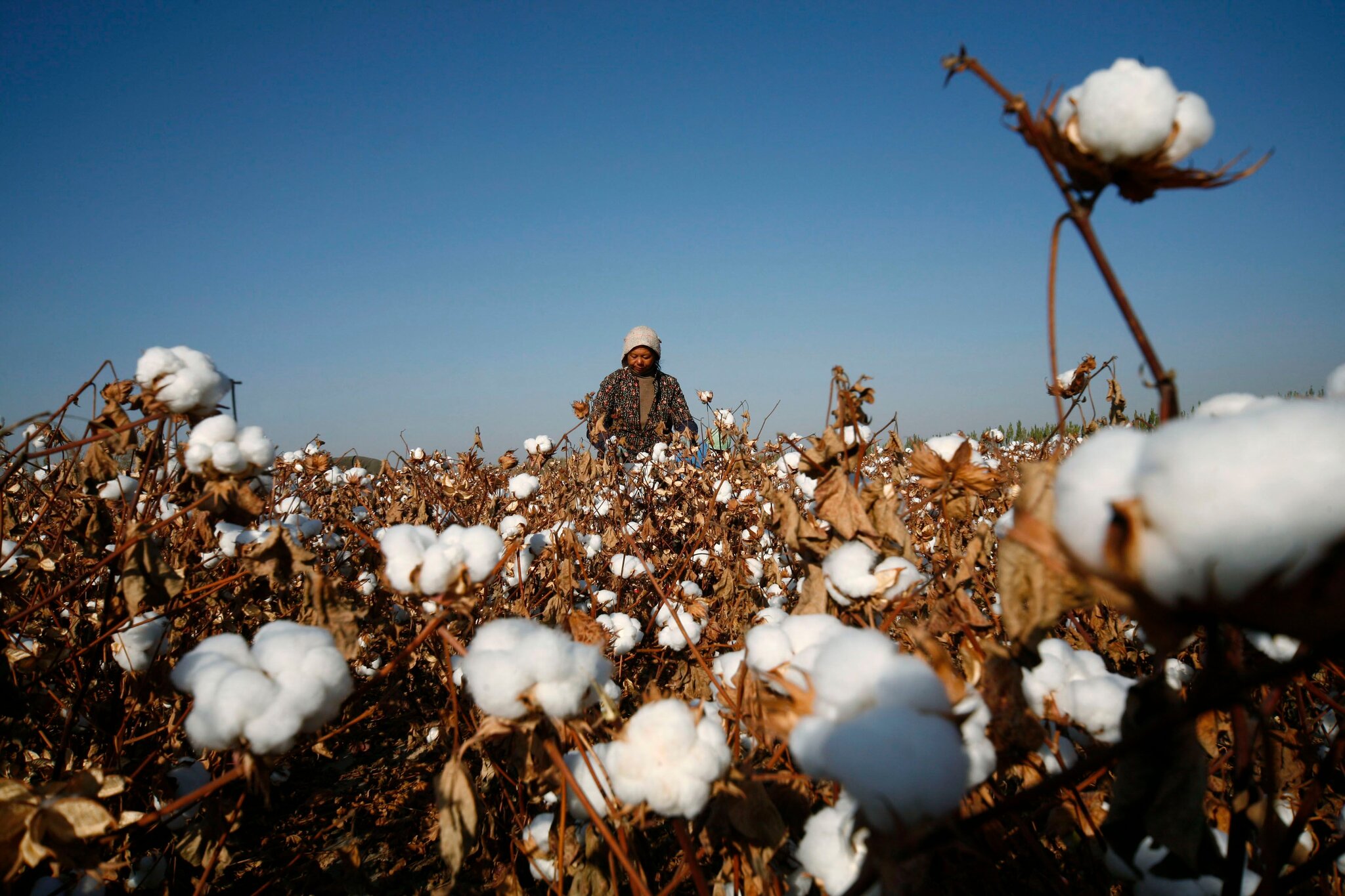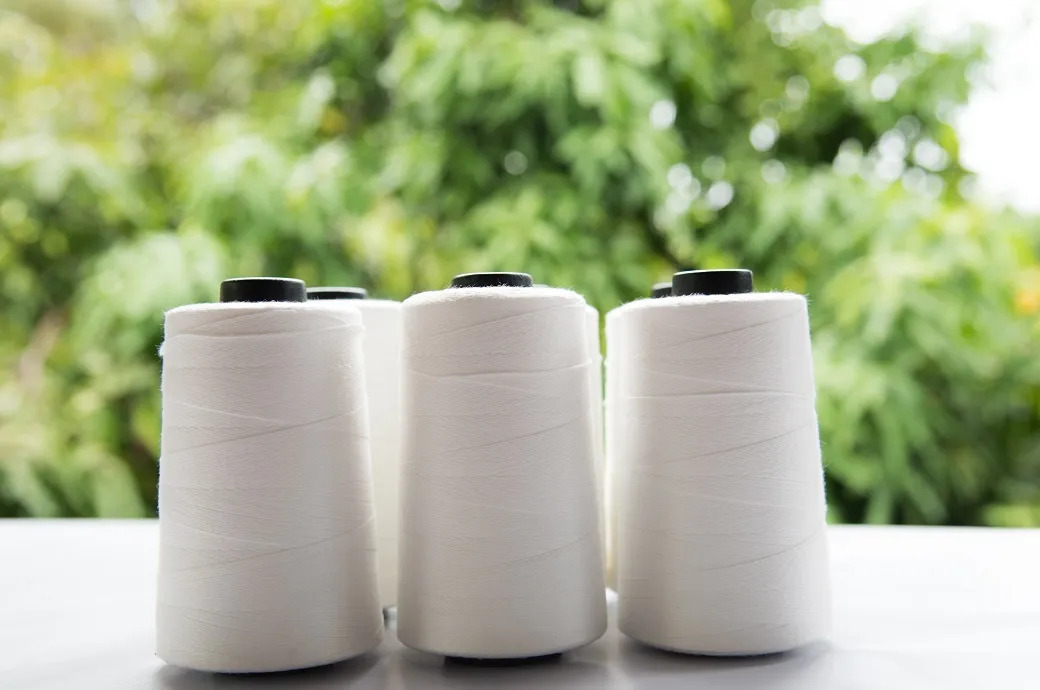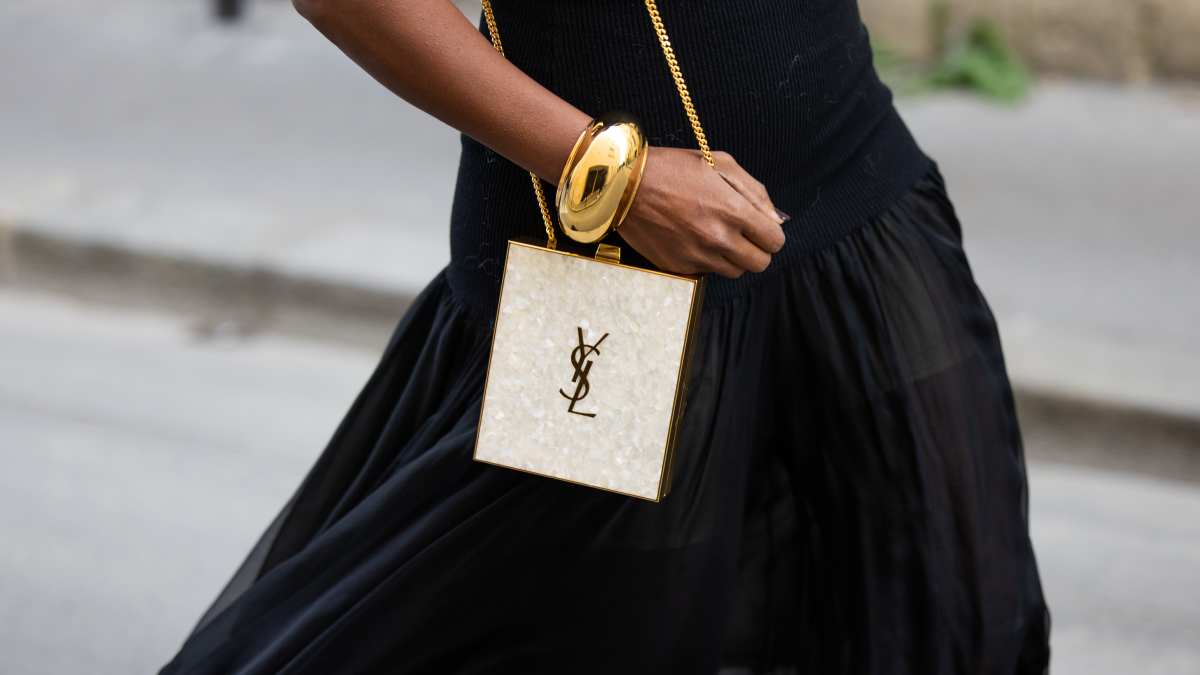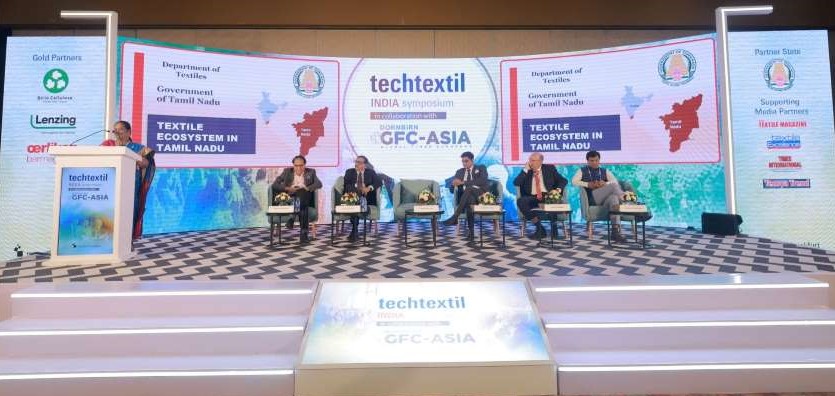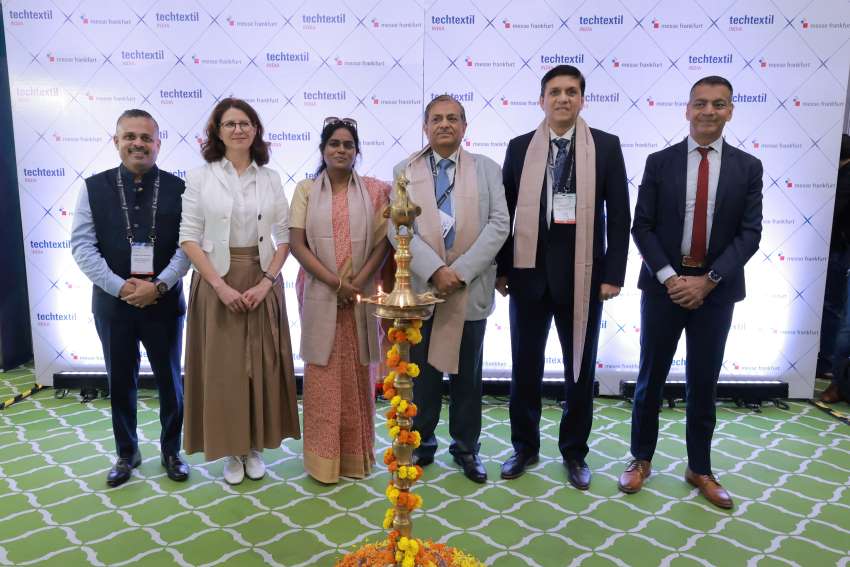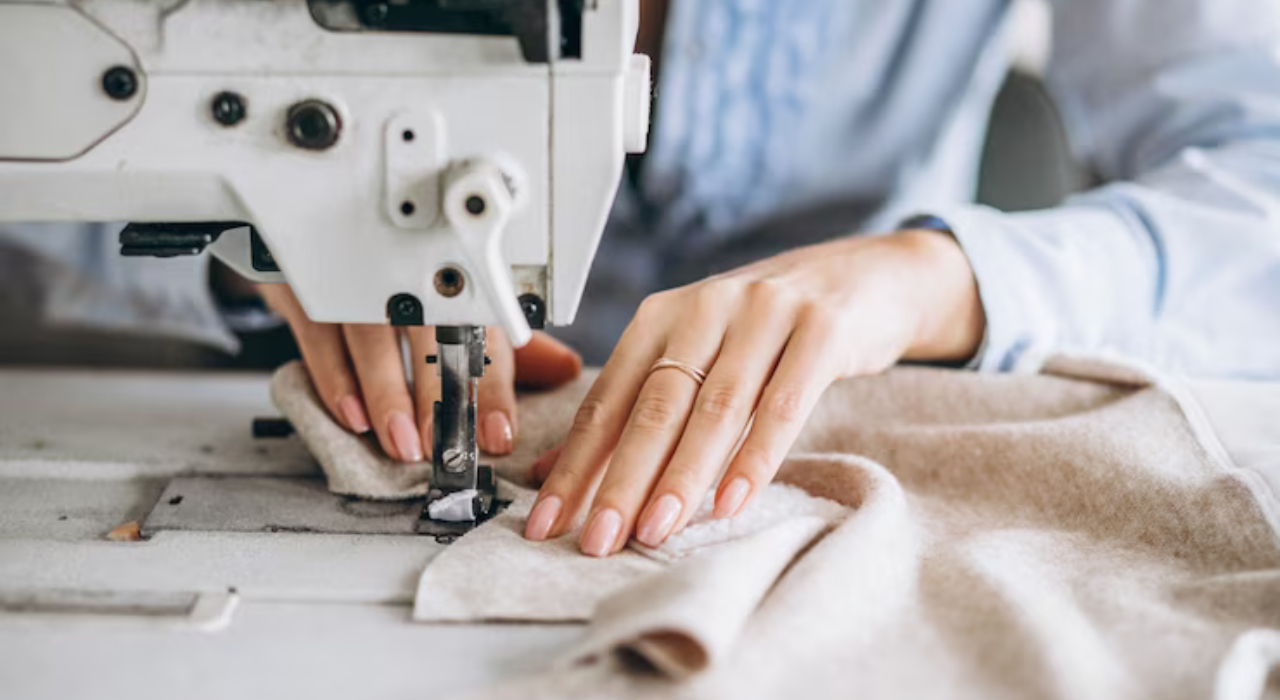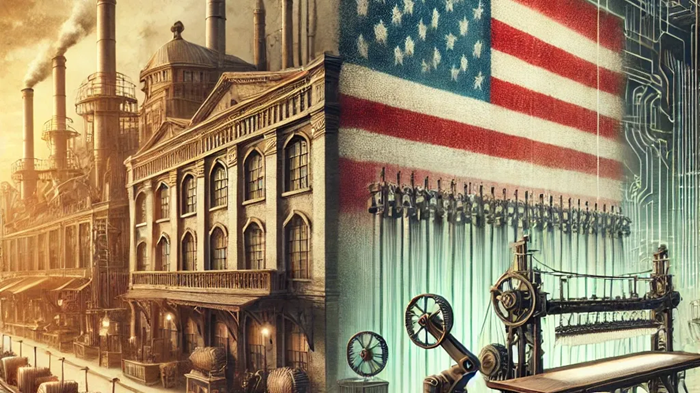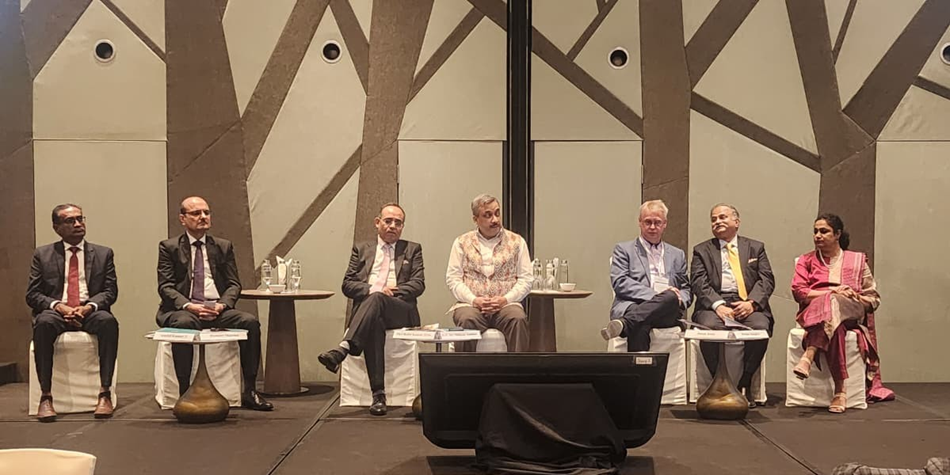FW
India is aiming at a 20 per cent increase in production and sales of khadi products over the next three years. A sum of Rs 340 crores have been allotted for setting up khadi plazas. To improve employability of trained individuals and enhance job prospects, Rs 105 crores has been provided towards technology centers to train 1, 99,500 individuals and assist 40,000 units.
A sum of Rs 1,024.49 crores has been earmarked towards the Prime Minister's Employment Generation Program for setting up 56,500 micro units and employing 4.52 lakh persons. Khadi and Village Industries Commission (KVIC) expects sales to cross Rs 5,000 crores by the end of 2017-18.
Overall sales of both khadi and village industries jumped over 14 per cent in 2015-16. Sales of khadi goods shot up by about 29 per cent in 2015-16. The KVIC is also setting up export cells to promote overseas sales of the products, which have a good demand in the countries like the US and UK. A beginning will be made with direct exports. The aim is to make khadi an international brand.
Khadi and village industries products are manufactured by about seven lakh privately-owned household units. These units are funded through schemes such as the Prime Minister's Employment Generation Program.
Production of technical textiles in Russia is expected to grow over seven per cent year on year through 2017. The technical textile and industrial nonwoven industry in Russia is currently witnessing steady growth. Russia hopes to increase its domestic production of technical textiles up to 80 per cent of the national market by 2020.
Production of technical textiles in Russia is closely based on the country’s economic benefits, and in particular lower costs compared to China and other technical textile emerging markets, thanks to Russia’s cheaper energy resources and relatively low wages in the industry. All these advantages can attract investors from both domestic and international markets.
Consumption of technical textiles in Russia will continue to grow in 2017, mainly driven by the ongoing recovery of the Russian economy from the previous financial crisis and the demand for technical textiles from major consuming industries, in particular, defense, which is one of the largest technical textile consuming sectors in Russia, consuming up to 60 per cent of domestic technical textiles production.
Russia’s leading producers in technical textiles and nonwovens have invested for expansion of production of polyamide fibers and fabrics. The country’s technical textile market was estimated at around 40 million dollars in 2016.
Lenzing is launching a dedicated denim e-commerce shop on February 15. The Tencel Denim shop will feature more than 40 denim styles that include the super-soft tencel fiber. It will showcase denim partners Bella Dahl, DL1961, Level 99, Mavi, NYDJ, and the Blue Shirt Shop.
The shop will be launched on ShopStyle, which reaches nearly 6,00,000 shoppers and influences one million dollars in retail spending each month. This is Lenzing’s first digital shop and it features new spring styles from a range of prominent US and European brands. The shop connects directly with consumers who are seeking distinctively comfortable denim products. Since Tencel is the ideal addition for consumers interested in denim breathability and softness, this campaign highlights those attributes and appeals to consumers interested in making educated buying decisions.
Denim with Tencel fiber brings comfort, nature, and technology into one product. Tencel is derived from wood pulp and is produced in closed-loop manufacturing processes at Lenzing facilities in the US, the UK, and Austria. Lenzing is a worldwide leader in wood-based fibers. It is recognized as a leader in sustainable manufacturing practices. It has been rated as number one in the world for wood procurement. The group has earned awards, labels and certifications for its environmentally and socially responsible operations and products.
"The 8th edition of Shanghai International Digital Printing Industry Fair (TPF) will open its doors at Shanghai New International Expo Centre from April 19 to 21, 2017. As the most influential digital printing exhibition in Asia, TPF 2017 will attract over 230 exhibitors. With an exhibition space of 20,000 sq. mt. this year's TPF will feature a ‘Design Pavilion’ to help accelerate development of original design. Digital printing will meet updated consumption trends as it realises the production model of small-batches with high speed."

The 8th edition of Shanghai International Digital Printing Industry Fair (TPF) will open its doors at Shanghai New International Expo Centre from April 19 to 21, 2017. As the most influential digital printing exhibition in Asia, TPF 2017 will attract over 230 exhibitors. With an exhibition space of 20,000 sq. mt. this year's TPF will feature a ‘Design Pavilion’ to help accelerate development of original design. Digital printing will meet updated consumption trends as it realises the production model of small-batches with high speed.
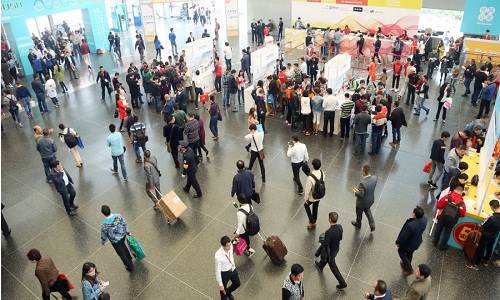
TPF 2017 aims at impelling the development of digital printing industry, and creating a platform for technical communication and business opportunities for both suppliers and buyers. In response to the appeal of digital printing suppliers for a talk with end-users and identification of needs and expectations of designers and consumers, TPF will join with Walan to introduce the ‘Design Pavilion’ to connect all important points in the supply chain.
Walan provides advanced services for all key segments of original design. Walanwalan.com is the largest service platform for digital design; Walan Institute is a professional open-ended class, and Walan is also a trade base for Jiangsu copyright licensing, in the form of a company named Jiangsu Walan Intellectual Property Co., Ltd, which defines its strategic goal of convenient, efficient and affordable to provide services in all design copyright area. Yu Guoping, GM, Walan says, "Copyright protection boosts prosperity of originality, and prosperity of originality boosts the industry. In order to avoid the malignant price war in the saturated digital textile printing market, we focus on cultivation of more Chinese designers and protection of picture patents in China to speed up fabric development and improve market competitiveness."
First appearance of design pavilion
The Design Pavilion led by Walan will have its first show at TPF 2017. More than 10 printing design studios will attend TPF 2017 covering more than 180 sq. m. Among them are Anterprima and STD (Korea) who will display fashion and attractive designs. ‘Walan Institute – Digital Design Master Class’, organised by Walan Institute, walanwalan.com and UBM China will be held during the exhibition. Experts will share their views on hottest topics; the Director of Anterprima, Chiara will deliver a speech on printing design and fashion industry and Jin Nanyuan, VP, Walanwalan.com, will discuss training practice of Chinese designers. insA lively hand-drawing will showcase onsite, and is expected to attract a lot of attention.
The Organisers
Walan established in 2012, has attracted more than 30,000 customers from 11 countries and more than 3000 pattern design studios at home and abroad with its "on-line fitting", "image identification", "copyright registration", and "Walan Institute". It helps customers accelerate fabric development efficiency and reduce development costs. It also supports designers to realize the free design and to start their own business. In September 2015, Transfer Chemicals (002010) implemented 28 million strategic sharing investment, committed to build the world's leading pattern designing service platform.
UBM China (Shanghai) is committed to building the trade platforms for specialized communities through exhibitions and conferences targeting children, baby and maternity products, game developers, marketing professionals, telecom engineering management, ecommerce specialists, pharmaceutical companies and logistics managers.
Gujarat will host the Textile India Conclave and Exhibition from June 30 to July 2, 2017. This will be a big platform for industry players to showcase their products. Big players of the textile industry who source from India, chief operating officers and industry leaders are expected to participate. There will also be business-to-business meetings.
It may be recalled the Union government had announced a Rs 6,000 crores special package for the textile and sector but even six months later there are few takers. Few applications for benefits have been received. The package has not taken off as was expected. The scheme was launched after accommodating suggestions and demands from the industry. However, it has not translated into an increase in investment, employment generation or more exports.
The government is planning to reach out to industry by meeting associations and camps to further explain what the package. The package aims to help in creating one crore jobs, mostly for women, in the next three years. It includes several tax and production incentives. Labor laws will be made flexible in order to increase productivity. These initiatives are expected to lead to an increase in exports by 30 billion dollars and help attract investment worth Rs 74,000 crores in three years.
Nitin Spinners makes cotton yarn in single, multifold slub, compact, core spun and Elitwist yarns. With a production facility of only 384 rotors in 1993 and regular expansion has enabled it to reach a capacity of 2,23,000 spindles and 3,000 rotors for cotton yarn with an installed manufacturing capacity of 50,000 tons per annum and 49 knitting machines for knitted fabrics with a manufacturing capacity of 8000 tons per annum.
The products are suitable for applications such as high value apparels and garments, undergarments, terry towels, denims, woven and medical fabrics, carpets, mattresses, stockings, furnishing fabrics and industrial fabrics. The company caters to textile companies like Arvind, Raymonds, Alok, Bhaskar, Nandan, RSWM etc. About 65 per cent of the production goes to more than 50 countries across the globe including the US, Latin America, Middle East, Far East, European Union, Africa etc.
In 2015-16, Nitin clocked in a turnover of Rs 767 crores, of which exports totaled Rs 531 crores. Operating profit before interest, depreciation and tax was Rs 137.76 crores and PAT was Rs 44.16 crores. For 2016-17, the company is implementing another major capacity expansion by installation of 72,960 spindles for manufacturing premium fine count compact yarns.
Italy’s textile imports from China fell 8.7 per cent in the first 10 months of last year. Narrowing price difference with China means Italy’s wool industry is now having demand from domestic customers. International textile buyers are increasingly switching away from China, and back to Western suppliers, as rising labor, raw material and energy costs make the world’s dominant producer more expensive.
At the same time, China’s textile sector faces rising costs of inputs such as cotton and wool, hefty import taxes for basic manufacturing equipment, and costlier environmental rules. Higher costs are weakening China’s international advantage and it faces a double whammy from developed countries - like Italy - with better technology and developing countries with lower wages.
The labor cost gap between Italian and Chinese yarn narrowed by around 30 per cent between 2008 and 2016. The hourly wage for a Chinese weaver has been up 25 per cent since 2014. The wage in Italy has been up nine per cent over the same period. Western clothing brands are under pressure to offer more collections and customers increasingly want customised looks. Their suppliers need to be closer. In China, the supply chain is not close and is scattered giving Italy a competitive advantage.
"HKTDC is gearing up to hold the 32nd edition of Hong Kong Houseware Fair that will run from April 20-23, 2017 at the Hong Kong Convention and Exhibition Centre. The fair will attract over 2,200 exhibitors, who will showcase a wide range of quality household items from around the world. Demand for housewares has been strong in Asia. And according to Statista, a leading statistics company, the global ‘Furniture & Homeware’ segment is worth around $115 billion in 2017, and is expected to grow by 12.4 per cent annually."
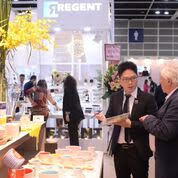
HKTDC is gearing up to hold the 32nd edition of Hong Kong Houseware Fair that will run from April 20-23, 2017 at the Hong Kong Convention and Exhibition Centre. The fair will attract over 2,200 exhibitors, who will showcase a wide range of quality household items from around the world. Demand for housewares has been strong in Asia. And according to Statista, a leading statistics company, the global ‘Furniture & Homeware’ segment is worth around $115 billion in 2017, and is expected to grow by 12.4 per cent annually. Over half of the revenue is generated in Asia ($58 billion), indicating abundant business opportunities in the industry in Asia. In 2016, over 28,000 buyers from 114 countries and regions attended the sourcing fair. As Asia’s leading houseware event, the fair is an ideal one-stop trading platform for quality household items.
Products galore at ‘LIFE’ themes.
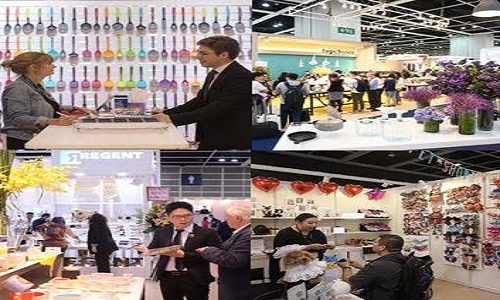
This year, the Fair celebrates aspects of ‘LIFE’, which stands for ‘Lifestyle’, ‘Interior’, ‘Feast’ and ‘Enrich’ zones Under the theme ‘lifestyle’ are the ‘Hall of Elegance’, ‘World of Fine Dining’, ‘World of Fine Décor’, ‘World of Pet Supplies’, ‘Green Living’ and the new zones, ‘Coffee Alley’, which offers coffee-related products like coffee makers, grinders and mugs; and ‘Designers’ Furniture’, which showcases designs from traditional crafts to contemporary designs.
‘Interior’ features exhibitors of product zones like ‘Interior Décor’, ‘Festive Décor’, ‘Best of Asean’, as well as ‘Creative Arts & Cultural Craft’, ‘Feast’ Includes ‘Tableware’, ‘Wine Tools & Accessories’, ‘Kitchenware & Gadgets’, ‘Home Appliances’ and the new ‘HORECA zone’ which features catering and decoration products related to the industry.
The ‘Enrich’ theme is designated for debut ‘World of Building & Hardware’, as well as ‘Homepedia’, ‘Baby Products’, ‘Bath Beauty & Healthcare’, ‘Home Cleaning & Laundry’, ‘Storage Solutions’, ‘Outdoor & Gardening’ and ‘Furniture’.
Design-led merchandise converge at highlighted zones
‘Hall of Elegance’ will present over 40 prestigious exhibitors including Berndes, bzyoo, Happycall, JIA, Kakiemon, Laica, PinJang, R2S, Thomson Pottery, Topchoice, and TVS. A broad range of designer collections will showcase innovation and top-notch craftsmanship. ‘World od Fine Dining’ will put the spotlight on newest designs of tableware, kitchenware and bar accessories. Top brands include Wilmax from Hong Kong, KOKUBO from Japan, and Glasslock from Korea, etc. ‘World of Fine Décor’ will highlight premium home accents, furniture, artificial flowers, outdoor living and home tech. It is an ideal platform for designers to build their brands and to put their cutting-edge designs on display.
‘World of Building and Hardware’ debuts
The debut ‘World of Building and Hardware’ will showcase quality building materials, hardware & DIY tools, as well as sanitary ware. The dedicated platform aims to attract traders and interior designers who are looking for the latest items for interior projects and contract business.
‘World of Pet Supplies’ returns
With growing popularity of pet-related products, the ‘World of Pet Supplies’, offers a dynamic marketplace for sourcing basic items and pampering products for all kinds of pets. Exhibitors will showcase their trendy products and demonstrate their latest products through a series of pet supplies product demo.
Design trends under spotlight
One of the highlights will be the trend concept displays. In collaboration with A+A Design Studio, a well-known Italian trend forecast agency for the first time, a wide spectrum of houseware and interior design elements will be on display to unveil the Spring/Summer18 design trends.
Concurrent fair creates synergy
Held concurrently under one roof is the HKTDC Hong Kong International Home Textiles and Furnishings Fair. Sharing the same theme on household living, the twin fairs generate synergistic effect, enhance the fair experience of exhibitors and buyers, and thus offer expanded business opportunities.
"The eighth edition of HKTDC Hong Kong International Home Textiles and Furnishings Fair will be held from April 20-23, 2017 at the Hong Kong Convention and Exhibition Centre, alongside with HKTDC Hong Kong Houseware Fair, Asia’s leading event of its kind. The twin fairs will showcase a comprehensive selection of household and textile products to cater to the needs of worldwide buyers."
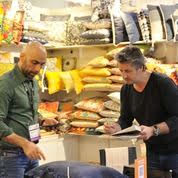
The eighth edition of HKTDC Hong Kong International Home Textiles and Furnishings Fair will be held from April 20-23, 2017 at the Hong Kong Convention and Exhibition Centre, alongside with HKTDC Hong Kong Houseware Fair, Asia’s leading event of its kind. The twin fairs will showcase a comprehensive selection of household and textile products to cater to the needs of worldwide buyers.
This year, Home Textiles and Furnishings fair gathers over 280 exhibitors from five countries and regions, presenting a wide range of household textile items including furnishings, bedding, curtains, carpets and towels. In 2016, the fair attracted over 18,000 buyers from 107 countries and regions. An impressive line-up of group pavilions from the Chinese mainland and India, including three textile industry associations from India: Handloom Export Promotion Council (HEPC), Export Promotion Council for Handicrafts (EPCH) and Carpet Export Promotion Council (CEPC), will participate. The Pavilion from Jiangsu Nantong, dubbed ‘The Hometown of Textiles’ in the Chinese mainland, will return to showcase its quality textiles.
Meeting point of top brands
‘Hall of Glamour’, the premium zone for fair, features sophisticated and design-driven furnishings and household textile products, as well as top-notch designer collections, covering bedding, curtains, carpets and towels. Branded collections include J-Tex from Hong Kong, Marushin from Japan and Shiv Shakti Exports from India.
The fair features seven themed zones with clear product categories for easy and convenient sourcing. Besides ‘Hall of Glamour’, the themed zones include: ‘Baby & Bedroom textiles’, ‘Bathroom & Kitchen textiles’, ‘Carpet & Floor Coverings’, ‘Design Solutions and Trade Services’, ‘Upholstery & Furnishing Products’ and ‘Window Fashion & Accessories’.
In view of the growing green consciousness, consumers particularly in developed markets like Japan, the US and West Europe, are enthusiastic about eco-friendly properties of natural fibres. To cater to the surging demand, the fair put emphasis on environmentally friendly and sustainable products. Exhibitors showcasing green products or hotel supplies will be labelled accordingly for effective sourcing.
A series of activities will be held during the fair to facilitate market information exchange. The Product Demo and Launch Pad session provides suppliers with golden opportunities to introduce their latest products in an interactive and relaxing atmosphere. Industry players can stay abreast of forthcoming design trends and market updates at the forums or seminars on hot industry issues.
Concurrent Fair, an added opportunity
Held concurrently is the HKTDC Hong Kong Houseware Fair. With household-related products put under one roof, the twin fairs will generate natural synergistic effect, which opens up opportunities to exhibitors and buyers worldwide.
"Obama administration last year had imposed retaliatory tariff on textiles against the trade war over Europe. These were viscose rayon staple fibres as well as Modal fibres, not carded, combed or processed for spinning, and single yarns containing 85 per cent or more by weight of artificial staple fibres coming from Europe. The proposed 100 per cent retaliatory tariffs have left US textile makers worried that new measures could increase their raw material costs and push up the price of fabrics made from rayon and Modal. Lyocell fibre, also known as Tencel, is not included under the proposed tariffs."
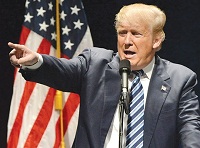
Obama administration last year had imposed retaliatory tariff on textiles against the trade war over Europe. These were viscose rayon staple fibres as well as Modal fibres, not carded, combed or processed for spinning, and single yarns containing 85 per cent or more by weight of artificial staple fibres coming from Europe. The proposed 100 per cent retaliatory tariffs have left US textile makers worried that new measures could increase their raw material costs and push up the price of fabrics made from rayon and Modal. Lyocell fibre, also known as Tencel, is not included under the proposed tariffs.
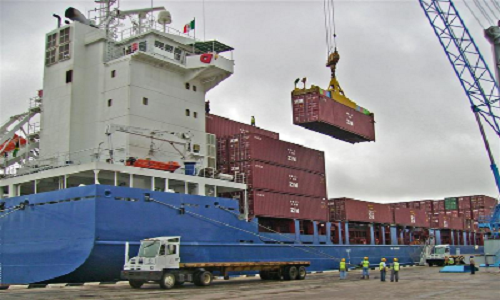
The tariffs have plenty of people worried because 41 per cent of the viscose rayon fibre imported into the US in 2015 came from Europe, translating into $72 million of fibre. Currently, the tariff on viscose rayon staple fibre is 4.3 per cent and for yarn it is 9 per cent. As Auggie Tantillo, President & Chief Executive, National Council of Textile Organizations (NCTO), which wrote a letter to the US Trade Representative opposing the tariffs explains, the imposition of an additional 100 per cent tariff would be highly disruptive to the supply chain and harm US competitiveness of rayon fiber-containing products.
Production of rayon fibre is nonexistent in the US because it is environmentally difficult to produce. It is still made in Europe and in Asia—mainly China. The US is totally dependent on off-shore sources for rayon fibre, and therefore, any penalty tariff on the product could lead to adverse ramifications for US manufacturers.
Impact on US companies
At least 10 US companies belonging to his textile group import viscose rayon staple fibre from the EU. They say additional tariffs would place an undue burden on their businesses and potentially lead to lost sales and hurt employment. One company that would be affected by the tariff is Lenzing Fibers in Mobile, Ala. The company already produces Tencel fibres, the brand name for Lyocell, at its Alabama factory. But it has plans to invest $293 million in a new fibre plant capable of producing 90,000 ton of Tencel fibre a year. The company was planning to import viscose rayon staple fibres from its plant in Austria to blend with Lyocell staple fibers made in the US to make nonwoven products such as baby wipes. The increase in duties on viscose would have a negative effect on business for this new investment, points out John Patterson, CFO, Lenzing Fibres.
Advantage China
China is a major producer of viscose rayon staple fibre. In 2015, about 50 per cent of the viscose rayon staple fibre imported into the US came from China. “Should penalty tariffs be levied on imports from the EU, the clear winner would be China,” the NCTO pointed out in its letter to the US Trade Representative. Another company that would be impacted is Buhler Quality Yarns, a Swiss company headquartered in Georgia, US. In its US factory, it manufactures yarns from Supima extra-long staple cotton, MicroModal Edelweiss and MicroTencel. They says they have to look at other fibers to sustain if this goes forward. The biggest fibre they buy is Supima, and second-largest fiber consumption is in Modal. And they need to provide yarns at a garment price point that people are looking.
In fact, the trade dispute started in 1998 when the EU lost a case at the WTO for banning American beef. In 2009, the US negotiated an agreement to allow a small degree of market access for specially produced beef that meets the EU’s standards, but that agreement did not work as intended, said the office of the US Trade Representative, which resulted in this retaliatory proposal. If the proposed tariffs go into effect, the price of Tencel yarns would become more attractive because its fibre content wouldn’t be subject to added tariffs.

